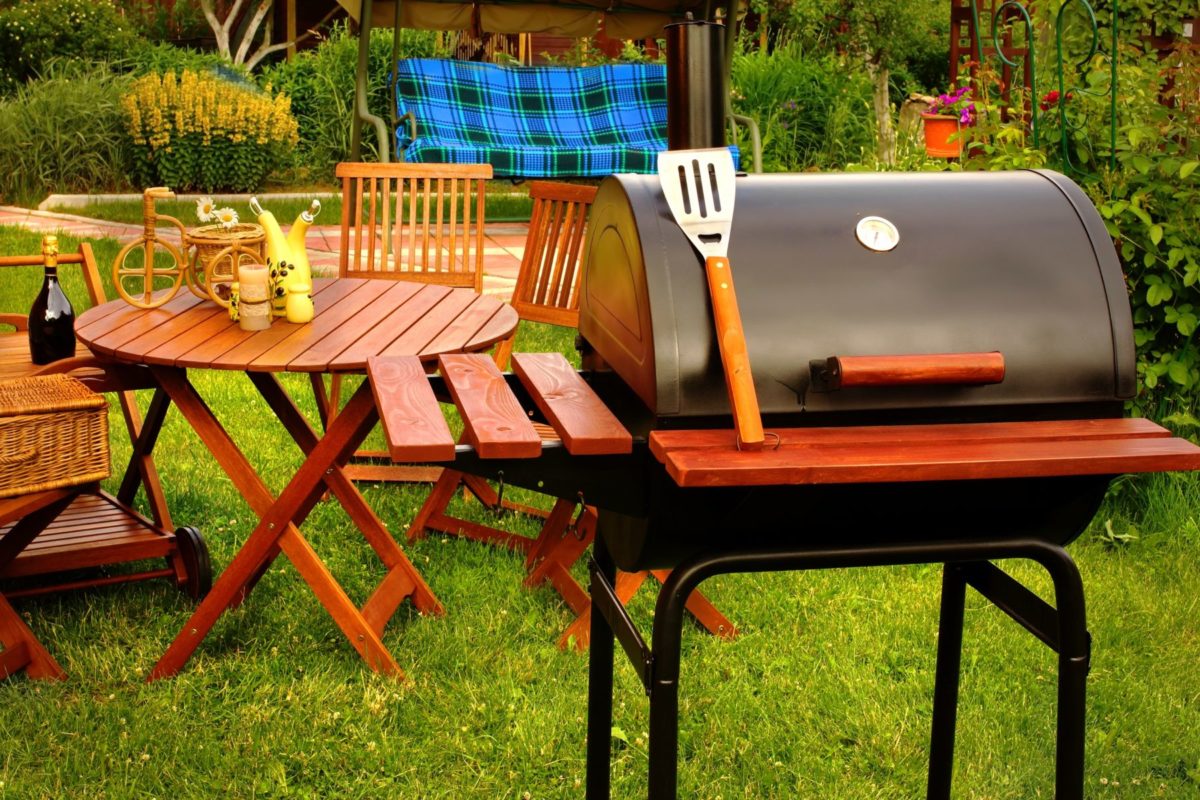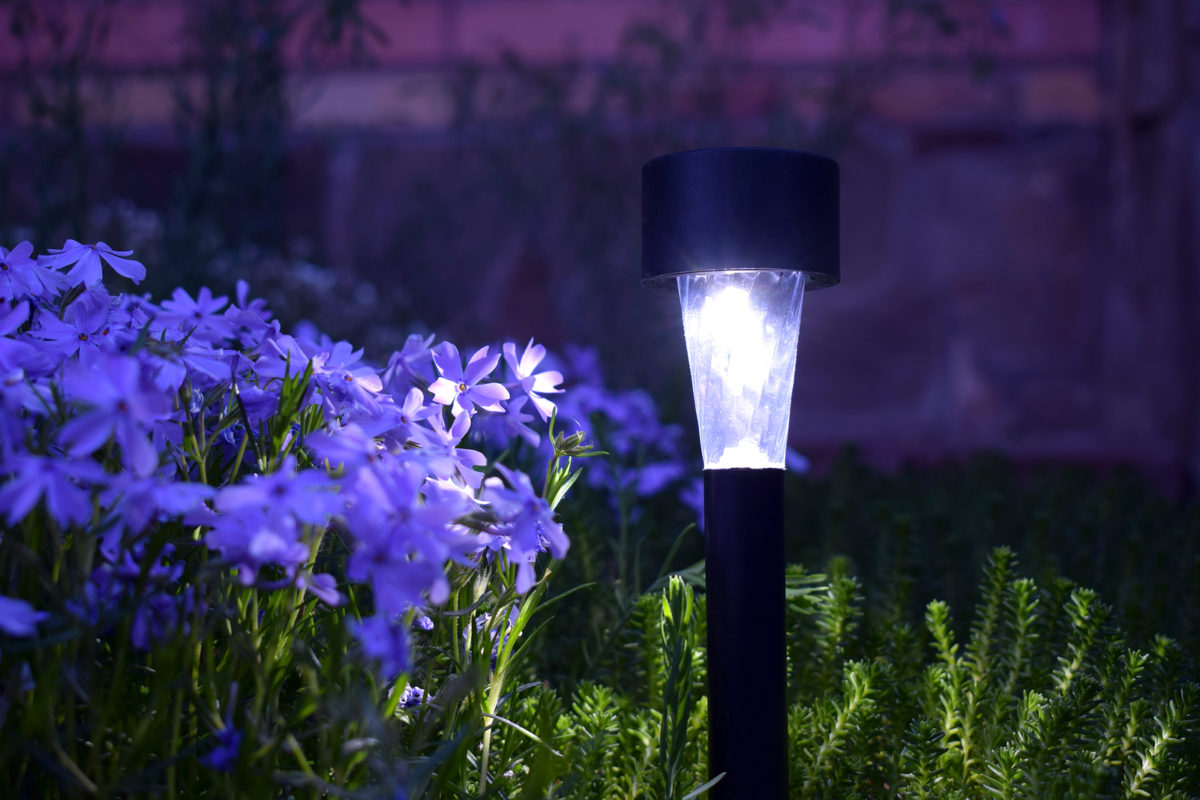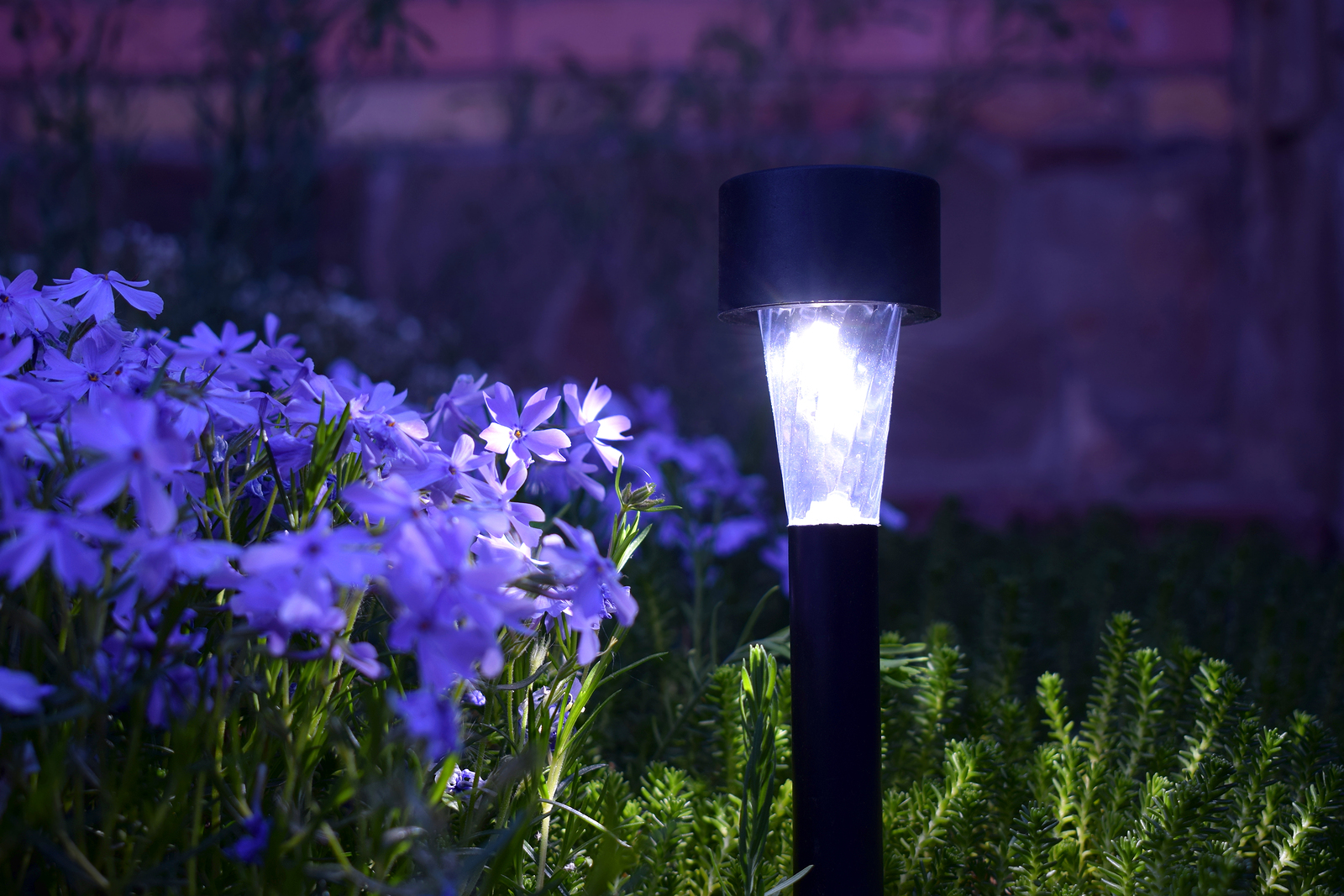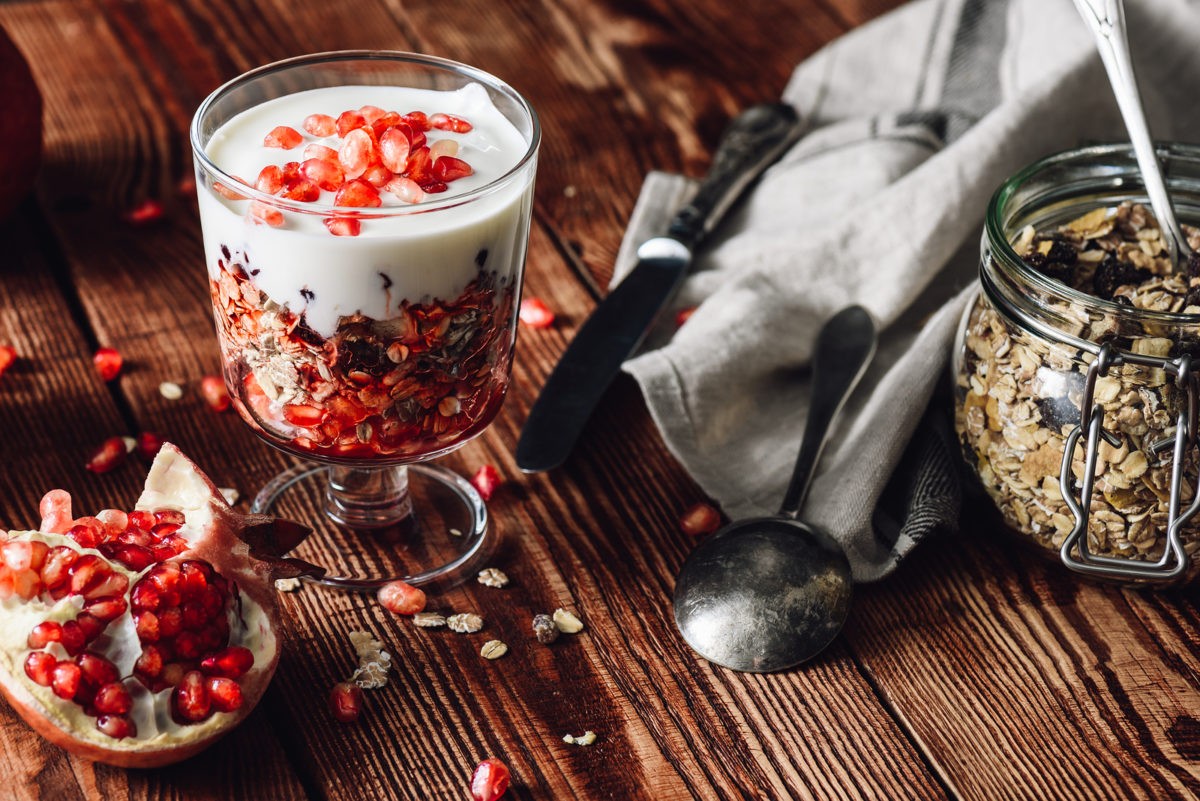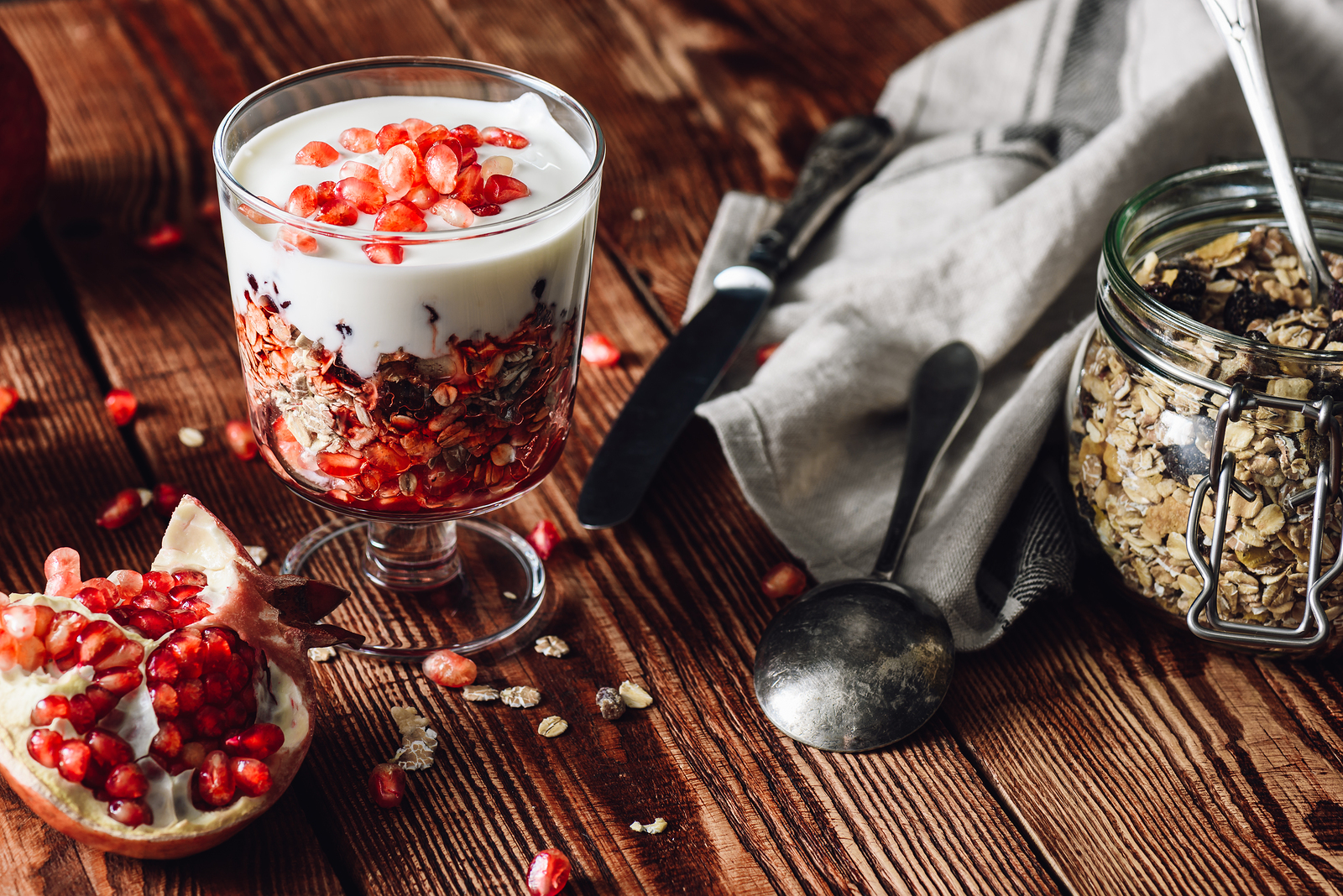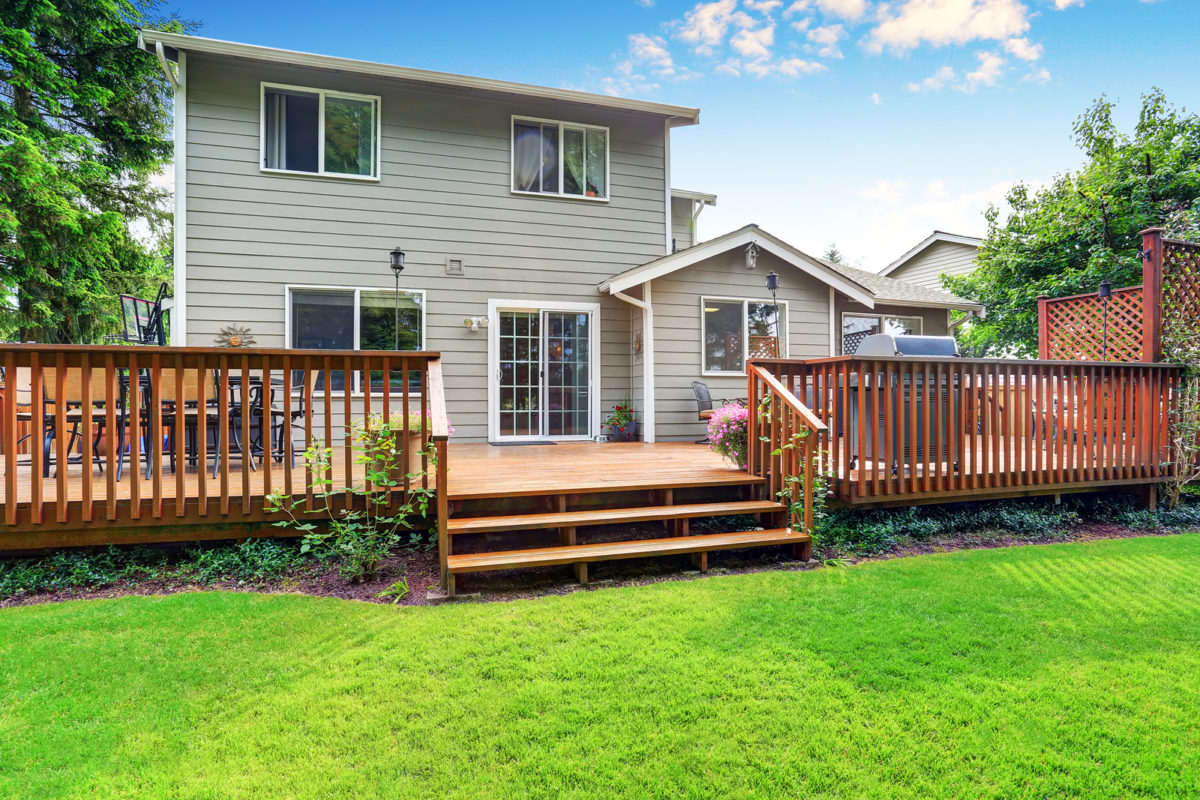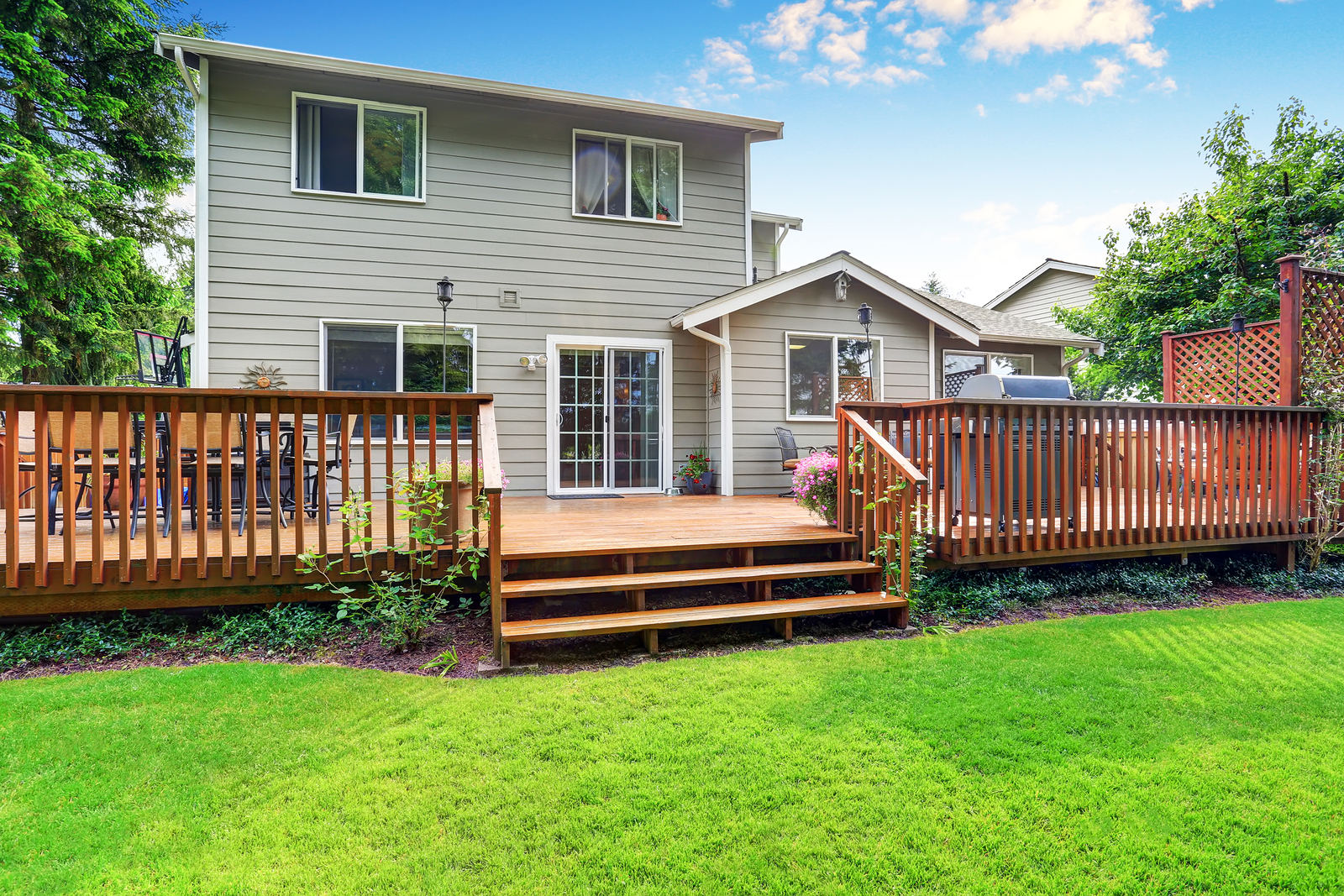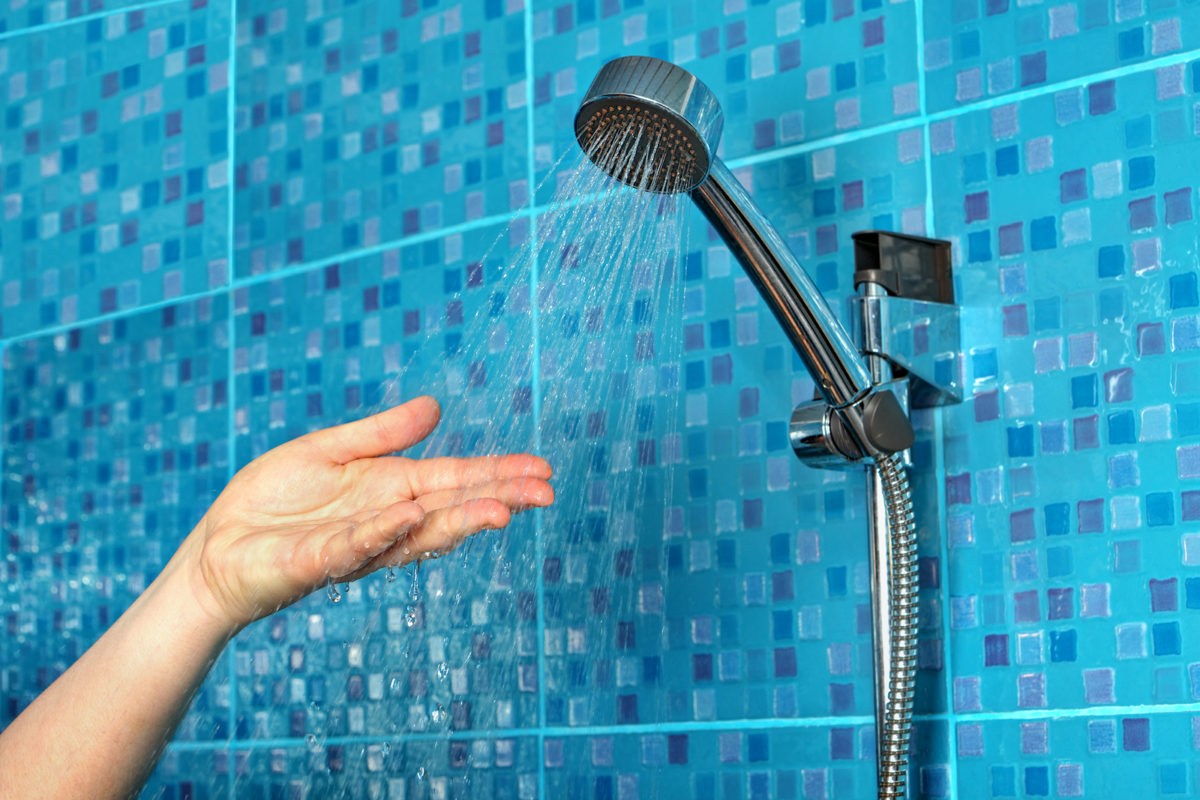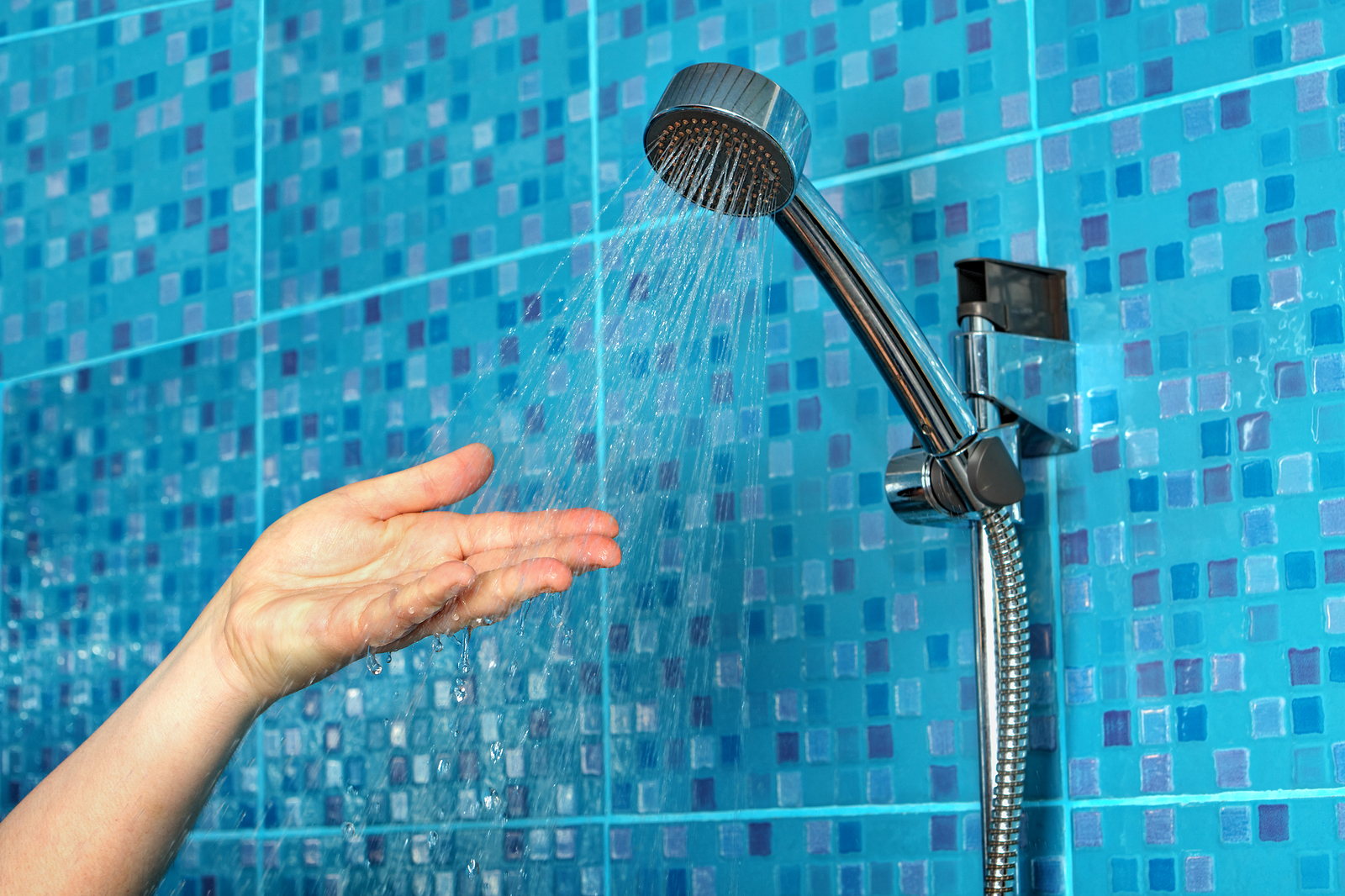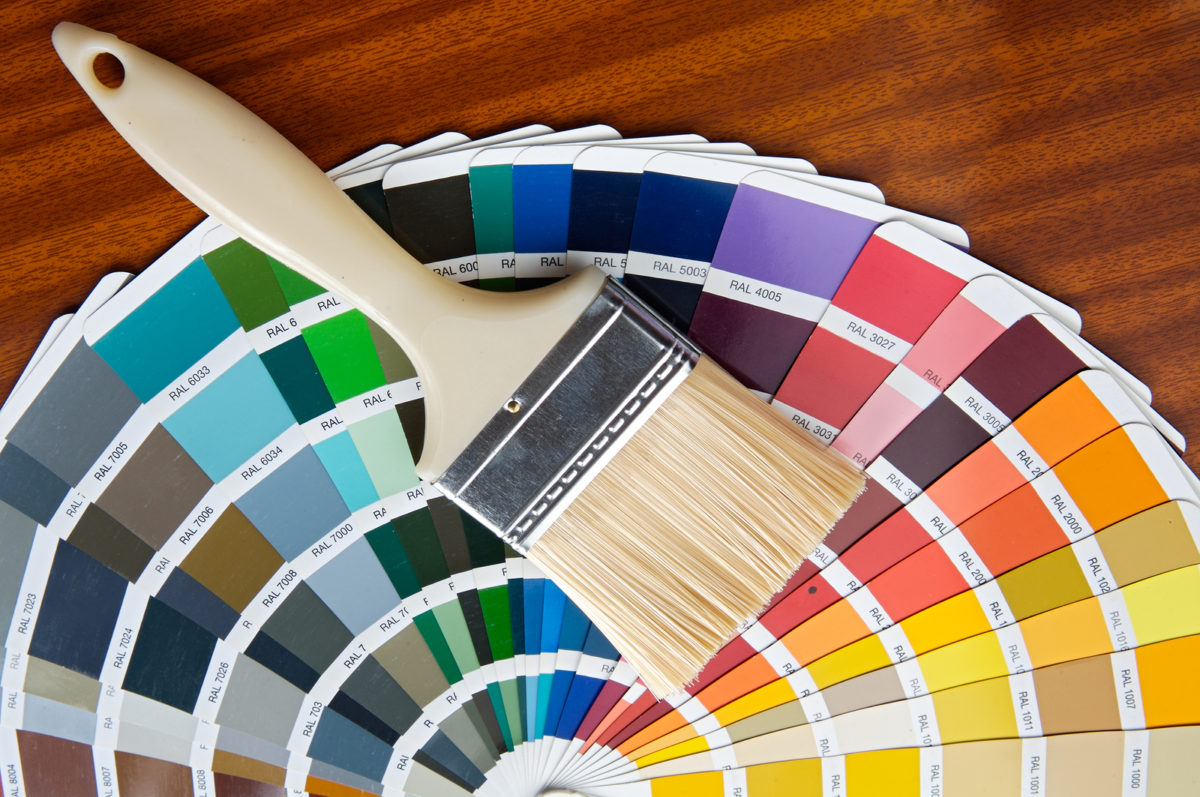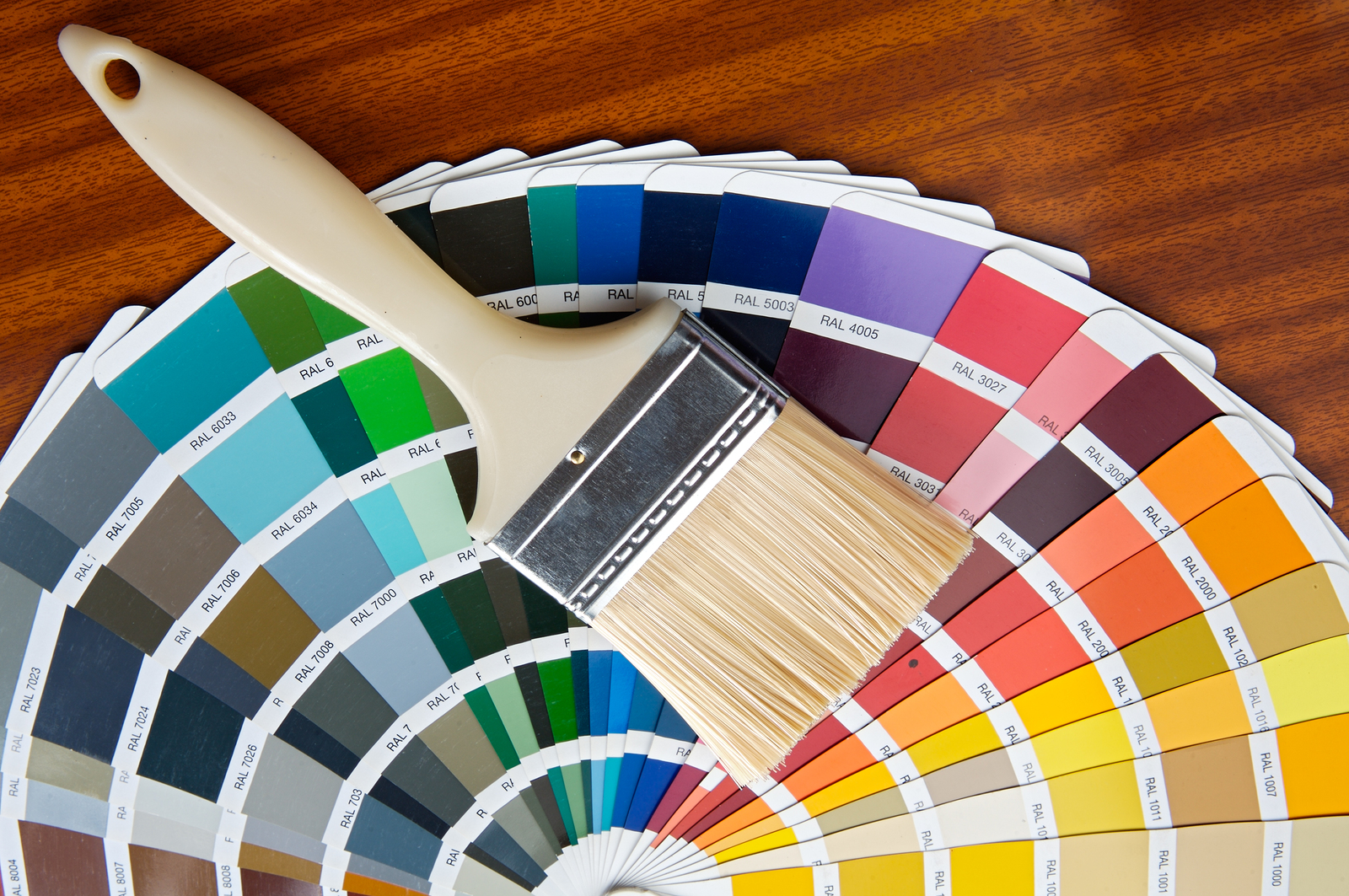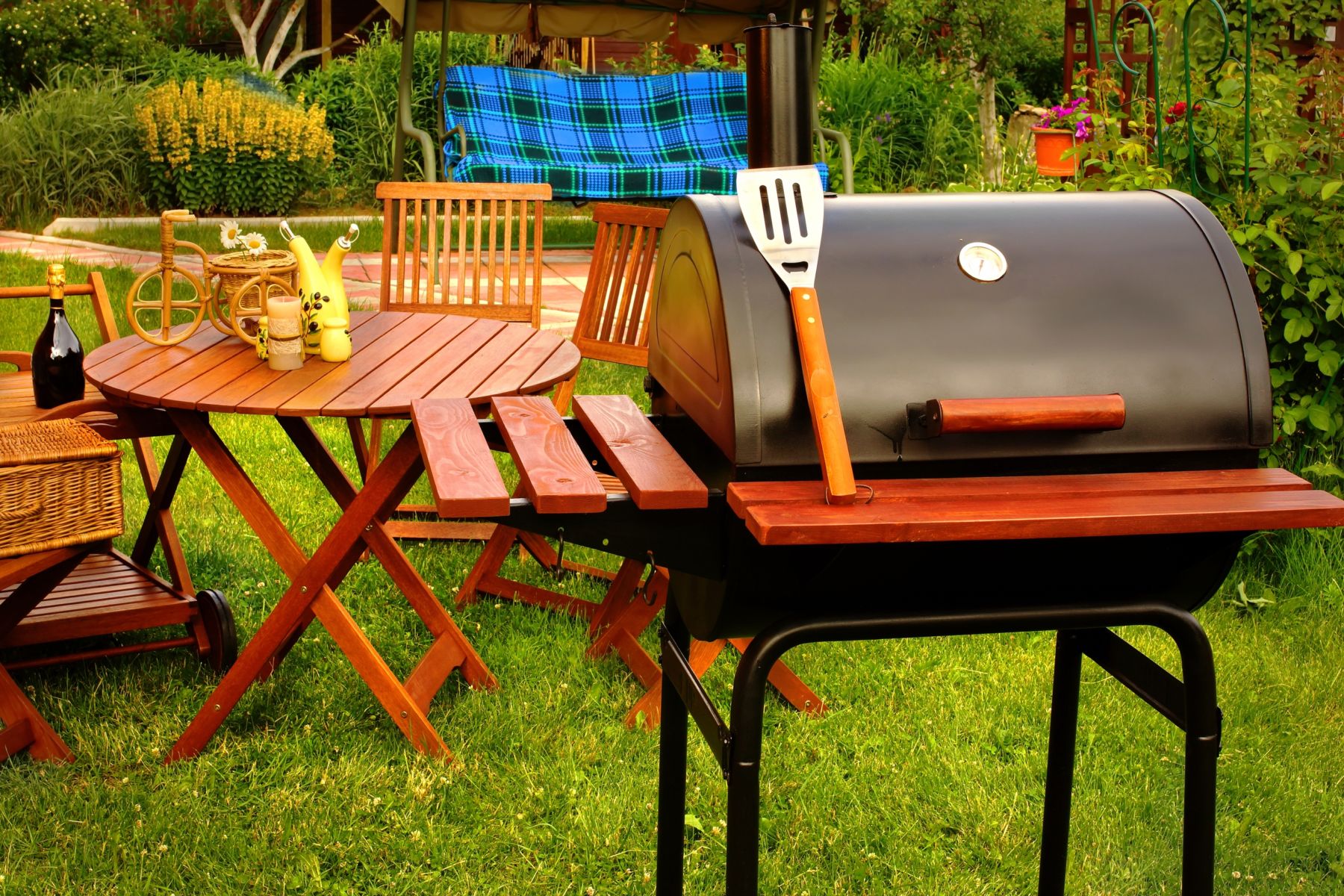
Did you wonder if grilling season would ever get here? Finally – a chance to get outdoors and polish that pit master image you’ve worked so hard to cultivate.
Even the pros seek out tips and tricks, however, so we’ve brought you some of their most brilliant.
Grill a better burger
Shopping for the right meat is half the battle when grilling burgers. “Ground beef that’s too lean will be tough and dry, so you’ll want to look for meat with a fat content of at 20-30%,” recommends the pros at Miami Beef.
“Hamburger patties about 5 inches across and ½-inch thick maximize surface area (and grill flavor) and ensure that the burgers cook through quickly and evenly,” according to Tony Rosenfeld, b.good burger restaurants co-owner and chef.
Then, before plopping them on the grill, use your thumb to make a slight indentation in the top of each burger. This avoids the “puff-up in the middle as they cook,” suggests Jamie Purviance, author of “Weber’s Way to Grill: The Step-by-Step Guide to Expert Grilling.”
You want the burgers to sear on the outside so don’t be tempted to flip them too early. Then, plan on flipping them only once. And, never press down on the patties as they cook.
“Pushing down on the burger presses out all the natural juices. Then people ask why their burgers were so dried out,” Eric LeVine, owner of New Jersey’s Paragon Tap & Table and Morris Tap & Grill.
LeVine also offered up a yummy-sounding recipe for the vegetarian in the group. “Make a patty using black and white beans, steel-cut oats, caramelized mushrooms and onions, roasted red peppers, and potato.
Top that with pickled scallions, red onions, egg-free roasted garlic aioli, and toasted chia seeds, all served on multigrain roll.”
Kabobbing?
While most any meat can be skewered and grilled, chicken seems to be the most popular. And, you may want to take a “cheat day” from your diet because the pros at seriouseats.com suggest that you choose thighs over breasts.
“Chicken breasts seem like a good choice because their thickness make them ideal for cubing, but their lack of flavor and tendency towards dryness totally undermines that one advantage,” they explain. Skinless, boneless chicken thighs, on the other hand, remain moist, making them ideal for grilling.
Position the chicken pieces on the skewer so that they slightly touch one another. This allows them to retain their juices better, according to Purviance. Don’t cram them together, he warns; a slight touching is all that’s needed.
Grill a killer steak
Don’t take your steaks directly from the refrigerator to the grill, cautions Jan Birnbaum partner and former chef at San Franscisco’s Epic Roasthouse. “Always allow meats to rest at room temperature for up to two hours; depending on the size of the meat,” he explains to nydailynews.com.
He suggests putting steaks “on the grill at an internal temperature of 50 to 55 degrees.”
Before that, however, consider adding your salt, pepper or even rub to the steaks as they come to room temperature.
“My secret is coating the meat with a liberal amount of rub an hour before cooking and [leaving] it out so it comes to room temperature,” John Bracamonte, Pitmaster and co-owner of Brazen BBQ in San Diego suggests.”
Use a digital, instant-read thermometer to check the temperature of steaks both before grilling and while they’re still on the grill. Steaks are rare at 125 degrees Fahrenheit, medium at 135 degrees and well-done at 145 degrees, according to World BBQ champion Chris Lilly.
“Remember that steaks will continue to cook after they’re removed from the grill,” he cautions.
Once off the grill, give the steaks time to rest. “I prefer to let my meat rest uncovered, because the covering causes the food to steam and can make the golden brown crust or skin soggy,” said Elizabeth Karmel, author of Taming the Flame.
How long should they rest? About 10 to 20 minutes, suggests John Rivers, owner of 4 Rivers Smokehouse in Florida.
Mmm … RIBS
The tenderest ribs come from long (several hours), slow cooking. “Spikes and valleys of heat will tighten and dry out the meat, but consistently low temps will produce soft and succulent meat,” promises Purviance.
He goes on to caution grillers to wait until the last 30 minutes of grilling to sauce the ribs.
For added flavor, Bracamonte suggests sprinkling on “brown sugar during the last hour of cooking … and let that caramelize over the top.”
Gettin’ saucy
The biggest no-no when it comes to saucing your meat is to do so before you put it on the grill.
“Brush on barbecue sauce during the last part of cooking. Because most contain a lot of sugar, the sauce will burn if added too early,” said Lee Ann Whippen, chef/partner, Chicago q.
If you don’t make your own sauce, check out the results of thedailymeal.com’s taste test of store-bought barbecue sauces before you go shopping.
